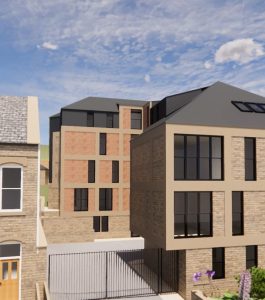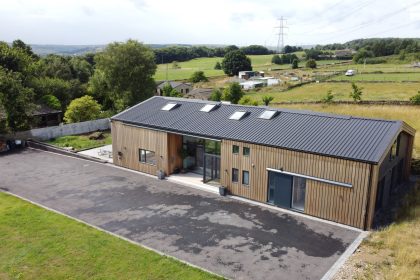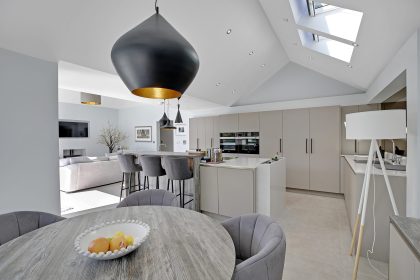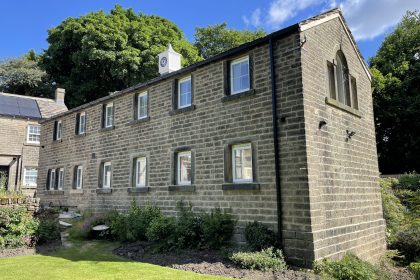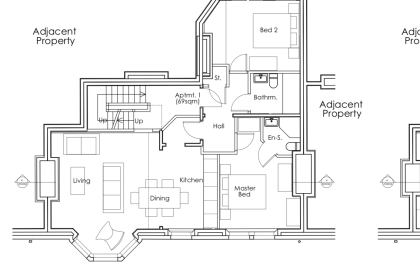In student housing design, architects are leading efforts to elevate standards and enhance the overall living experience for students. By embracing innovative approaches and leveraging contemporary design principles, architects are reshaping the landscape of student accommodations. Here’s how as architects, we are driving progress in this vital aspect of campus life:
Embracing Sustainability:
We are integrating sustainable practices into student housing design, prioritizing energy efficiency, waste reduction, and environmentally-friendly materials. By implementing features such as enhanced insulation, solar panels, green roofs, and efficient HVAC systems, architects are creating residences that minimize their environmental footprint.
Promoting Community and Wellness:
Recognizing the importance of encouraging a sense of community and well-being among students, architects are designing spaces that encourage social interaction, physical activity, and mental health support. Common areas, outdoor garden spaces, secure cycle storage and recreational facilities are strategically incorporated into the design to promote connectivity and overall wellness.
Prioritizing Flexibility and Adaptability:
With evolving needs and preferences among students, architects are prioritizing flexibility and adaptability in housing design. Modular furniture, multifunctional spaces, and customizable layouts enable students to personalize their living environments according to their individual lifestyles and preferences.
Enhancing Safety and Security:
Architects are implementing advanced safety and security measures to ensure the well-being of students residing in campus housing. From secure access systems to emergency response protocols, every aspect of the design is meticulously planned to create a safe and secure living environment.
Integrating Technology:
Recognizing the integral role of technology in modern living, architects are integrating smart solutions into student housing design. From high-speed internet connectivity to smart appliances and automated systems, these technological innovations enhance convenience, efficiency, and connectivity within the living spaces.
Promoting Inclusivity and Diversity:
Architects are designing student housing with inclusivity and diversity in mind, creating spaces that accommodate students from various backgrounds, abilities, and lifestyles. Accessibility features, gender-inclusive facilities, and culturally-sensitive design elements ensure that all students feel welcome and supported in their living environment.
Collaborating with Stakeholders:
Architects collaborate closely with university stakeholders, including administrators, students, and community members, to ensure that the design meets the specific needs and preferences of the student population. By soliciting feedback and incorporating diverse perspectives, architects create housing solutions that truly resonate with the student community.
In conclusion, architects play a significant role in improving student housing design standards by embracing sustainability, promoting community and wellness, prioritizing flexibility and adaptability, enhancing safety and security, integrating technology, promoting inclusivity and diversity, and collaborating with stakeholders.
Through their innovative approaches and commitment to excellence, architects are reshaping the landscape of student accommodations, creating spaces that foster a vibrant, inclusive, and supportive community for students to thrive.
To learn more about what we are doing here at Fibre to enhance the designs of our student accommodation projects, get in touch with us.Bottom of Form
